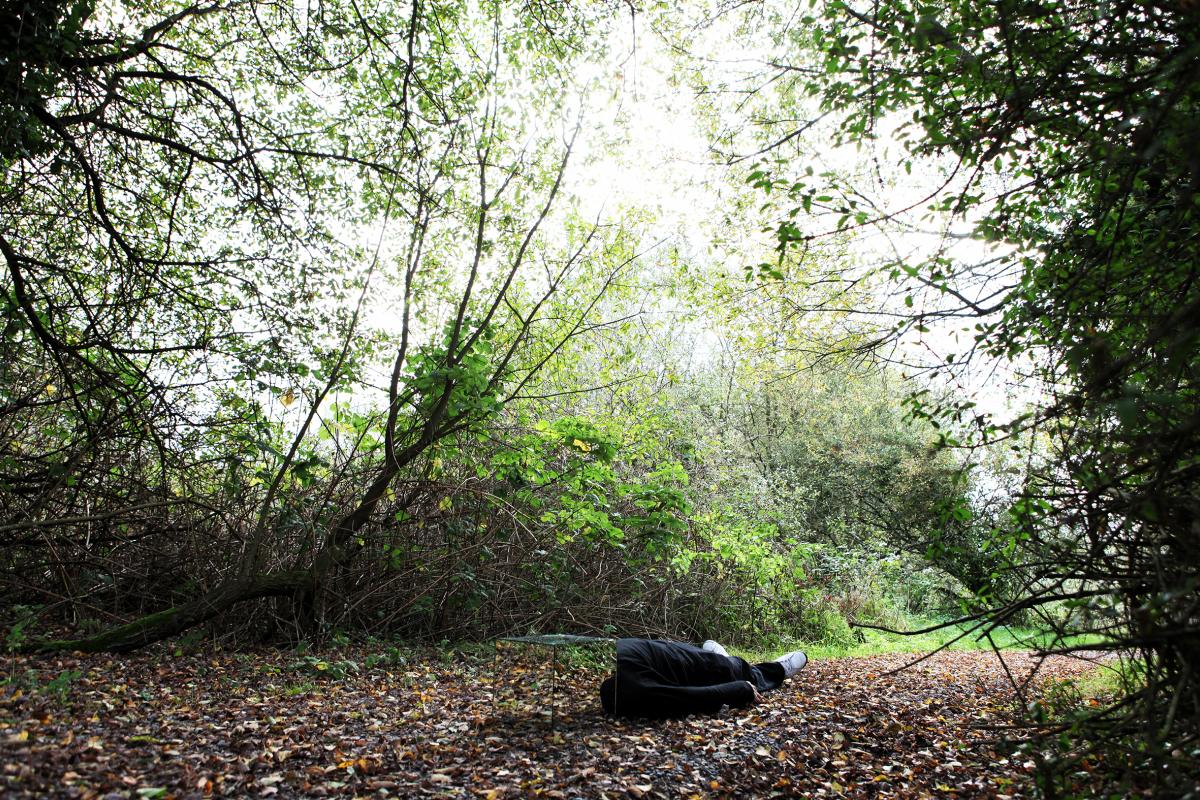
« The work deals with personal vulnerability and an experience of existential anxiety strongly associated with issues such as religion, nationalism, conflict and identity construction and looks for meaning not in the individual sign but in the context of exile and fragmentation».
Being a Palestinian artist must be a mixed blessing. On the one hand, you have a readymade subject matter, as well as a public eager to know about it. On the other, it is difficult to escape the reductiveness that this clarity brings with it. Everything you do ends up being a political commentary that risks squeezing out any other intentions you might have.
Bashar Alhroub is attempting to find a way beyond this impasse. He aims to universalize his cultural predicament, which is why he roots his work in his own subjectivity rather than in a detached analysis of the cultural conditions in which he finds himself. Furthermore, he is looking for succinct visual metaphors which can carry a depth of meaning.
In the Here and Now striking series of works in the current exhibition, we see him in various places wearing a mirrored cube on his head. While we might want to indentify this as a statement about the invisibility of the Palestinians in the current situation, it seems far too limited to stop there, especially as the artist appears to be in England some of the time. The image of a reflective head is much more poignant than a single reading suggests, and all kinds of questions about visibility and invisibility, our relationship to the environment or our cultural context also push themselves forward. Hroub is currently in the UK studying for his MA in Fine Art, for example, so he is experiencing firsthand the sense of displacement that comes from being in a strange place. But of course the cube also speaks of much deeper kinds of mirroring, even of the narcissism that Freud identified as a central aspect of the human psyche. But whose narcissism, exactly? The artist’s, or the viewers who prefer to insert their own meanings into the space opened up by the artist? Perhaps it is this ambiguity that makes these works so effective.
Simon Morley
March 2010